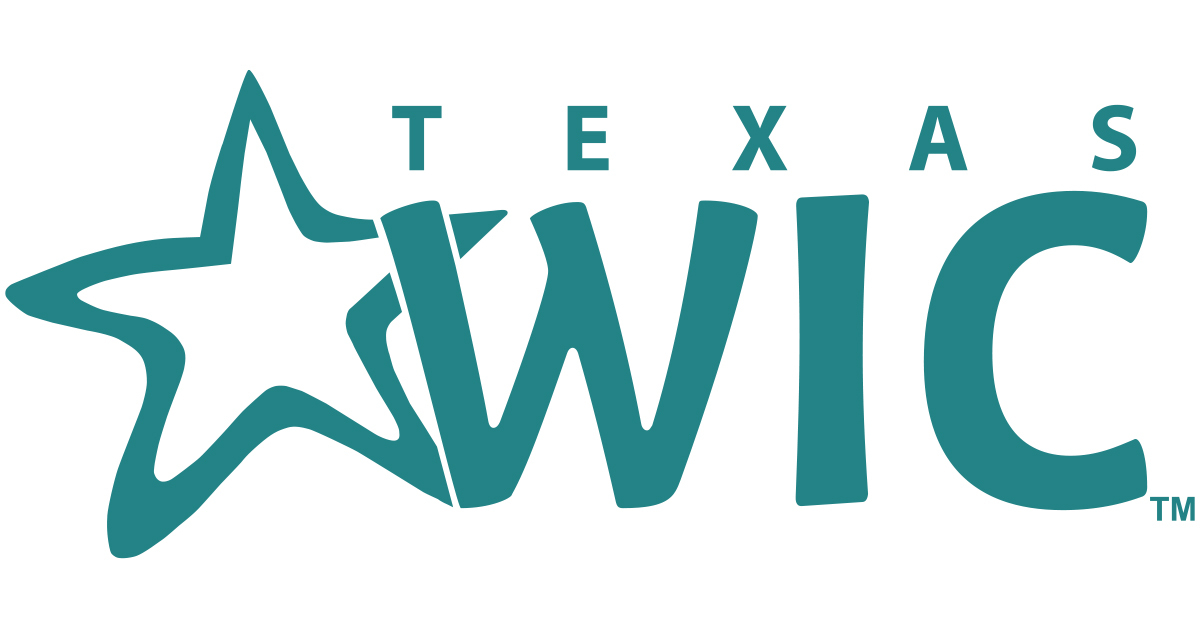Natural weaning begins with introduction to solid foods. As baby grows so does his need for other nutrition sources. Baby slowly spends more and more time away from his mother and therefore there is less breastfeeding. This type of weaning happens after the first or second year of life.
Planned weaning is easier on both mother and infant or child than abrupt weaning. It is also referred to as “gradual” weaning. Gradual weaning may take weeks or up to a couple of months.
Birth to 12 Months
- Replace one nursing session with one feeding of a breastmilk substitute (infant formula) if infant is less than 1-year-old, then replace more sessions.
- Mother should wait at least 3 days before replacing another feeding to allow her body to adjust.
- Be flexible.
Over 12 Months
- Don't offer the breast to the toddler, but don't refuse the breast when it is requested.
- Begin by shortening or postponing nursing sessions.
- Be sure that the toddler is getting plenty of nutrition. Be sure that the mother knows to offer regular mealtimes, snacks and drinks.
- Change routines. Toddlers sometimes nurse because they are bored.
- Suggest that the mother set limits like “only when the sun comes up” or “only when the sun goes down”.
- Be flexible. If the toddler becomes ill, the only thing that may console her is nursing.
Abrupt Weaning
- Is not recommended
- Can cause emotional stress for both mother and baby or child
- Can suddenly worsen postpartum depression
- Is associated with higher risks of engorgement, plugged ducts, mastitis and abscesses
- Hand expression or minimal pumping can help relieve engorgement
- Green cabbage leaves applied to the breasts can provide comfort with engorgement
- Feed baby with a breastmilk substitute (infant formula) instead of cow's milk or goat's milk if the baby is less than 1 year old


